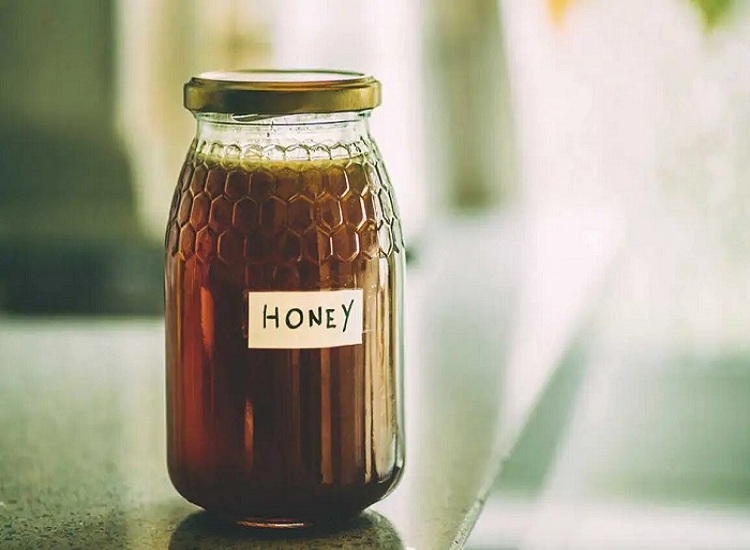Honey is one of the most long-lasting foods (and medicines) you can keep in your cabinet. If you don’t accidentally ruin it with a dirty spoon, you can keep a jar safe and sweet for years and years.

Take a moment to digest the following facts about honey’s value:
From that point of view, you can figure out that a jar of delicious golden honey comes from a hive of bees. It takes around 1152 industrious bees to fill a 16 oz. jar.
Don’t waste all of their hard work by spoiling your stock.
This post will go over the dos and don’ts of honey storage so you don’t waste a drop.
Why should you store more than one jar of honey?
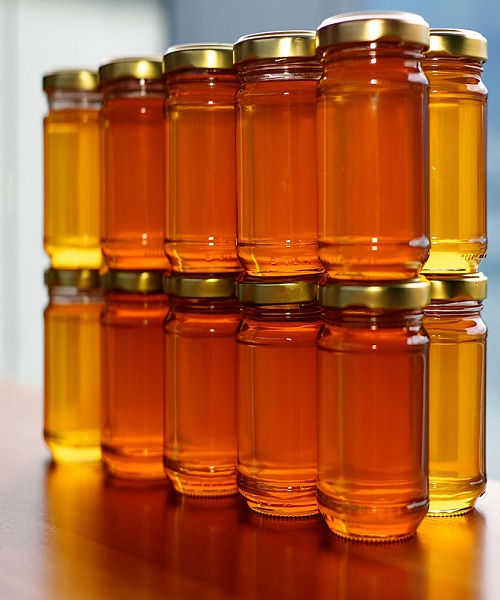
There are various reasons to have honey at home, starting with flavor:
- Honey is a tasty, natural sweetener with a lower glycemic index than beet or cane sugar.
- It is high in amino acids, vitamins, minerals such as iron and zinc, and antioxidants.
- Honey is also anti-inflammatory, antibacterial, and antifungal, making it an excellent therapeutic ingredient.
- Purchasing local honey not only benefits small beekeepers, but it may also help reduce seasonal allergies.
- Honey is useful in the garden.
- There is no need for refrigeration.
- Honey is a valuable commodity that can be utilized in canning, fermenting ginger, producing mead, or bartering when money is scarce.
For all of these and other reasons, you should always keep a few jars of high-quality honey on hand.
How to Keep Honey Fresh for Decades
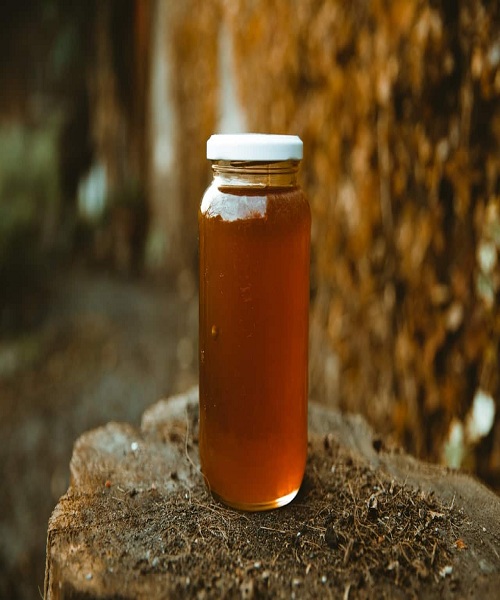
The first thing you should know about honey is that it is a hygroscopic substance. All of this means that it, like normal table salt or sugar, has the ability to absorb moisture.
All you have to do to keep moisture out of your honey is store it in a jar with a tight-fitting lid. Storing honey in a glass jar is the best option for long-term storage. When stored in a glass container, honey will not lose any of its water content, flavor or texture.
Some food-grade plastics can be used to store honey for a limited time. However, there is always the risk of contaminants seeping from the plastic into the honey in the long run.
That is something you do not want to happen.
Honey that has been stored in a plastic bottle for more than a few months is susceptible to spoilage in color, texture, flavor, and aroma.
Glass is unquestionably the best way to keep your honey for decades.
Is it possible to store honey in metal jars?
Unless it’s food-grade stainless steel, metal should never be used to store honey. Honey has a pH that ranges from 3.5 to 5.5, depending on the type of bees that made the honey.
Keeping honey in a metal container will eventually cause the container to oxidize. Heavy metals may be released into the honey as a result of this, or nutritious ingredients may be lost. Steel and iron are two of the worst metals for preserving honey because they can rust.
When storing honey for an extended period of time, opt for glass containers. A more attractive clay honey pot can be used to serve up a smaller amount of honey that will be consumed more rapidly.
What’s the best honey and how to tell whether it’s real?
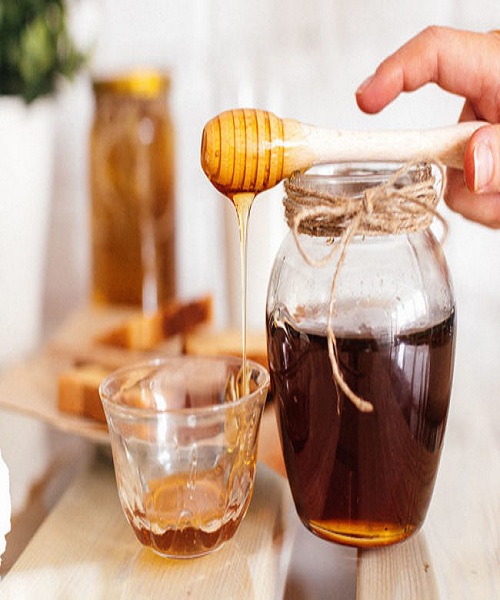
When it comes to raw honey, quality matters, so look for the best you can find. For your advantage, raw honey is unprocessed, unpasteurized, and unheated. The essential minerals, vitamins, enzymes, and phytonutrients in honey are preserved when it is kept uncooked.
Honey can be liquid or crystallized, and its color is always influenced by the pollen that the bees pick up. However, unless you acquire honey directly from a beekeeper, you may not be able to tell if your honey is raw or not.
“pasteurized” honey is not raw honey. Labels like “pure” or “natural” are meaningless in this context.
The best honey is that which is produced using only organic methods.
Ultimately, what is best for the bees is best for you. Organic beekeepers must adhere to a more rigid set of rules that forbids them from feeding their hives or the crops they graze on anything other than organic honey, sugar, antibiotics, or pesticides.
Second, the best is raw honey. Honey that has been pasteurized ranks third. More than 90 per cent of all honey sold is the latter type. All honey is good for you, so don’t worry about it. It’s all about the greatest. Aside from that, buying locally made goods, even if they’ve been minimally processed, is always a smart idea.
If you’re not sure if your honey is real honey, how do you tell?
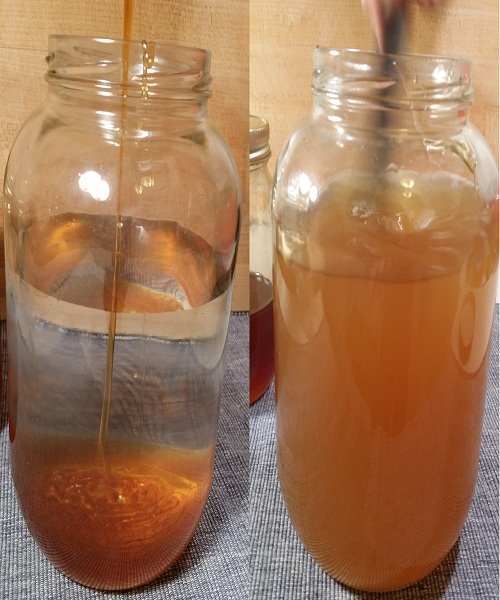
Honey is claimed to be the third most faking food in the world, following milk and olive oil, according to some reports. Fake honey is often diluted with high-fructose corn syrup or beet syrup, which dilutes real honey. It may resemble honey, but it is a subpar substitute. To avoid honey laundering, it’s important to know where your honey comes from.
Dropping a teaspoon of honey into a glass of water is a basic test that can be carried out at home and is easy to perform. Raw honey sinks to the bottom of the glass while fake honey dissolves almost instantly.
Raw honey will crystallize over time, which is another clear signal. Fake honey will not harden.
How Much Honey Do You Need to Store?
Depending on the season, you may have anywhere from 3 to 8 jars of honey in your pantry (in roughly 1 kg jars). Availability from local beekeepers and the time of year are both factors to consider.
According to some estimates, you should stockpile 60 pounds of sugar per person every year.
It’s entirely up to you how much sugar you consume. Don’t overlook the potential of adding maple syrup to your sweets supply as an alternative.
Think up how much honey (or other sweets) you consume on a monthly basis and multiply that number by the number of months in a year.
Label your honey
When it comes to storage, have you ever forgotten to label your handmade preserves, only to forget what’s in the jar later?
This can also happen with honey, especially if you buy different kinds.
Not only should you record the type of honey in the jar, but also the date of purchase.
If you buy honey with a “best by” date, the likelihood that it has been pasteurized or otherwise tampered with is high. If this is the case, make sure you finish the bottle by the expiration date. Immediately transfer your honey to a glass container if the container is plastic.
Remember that raw honey does not have an expiration date, and it’s a point worth emphasizing. The only way it can go bad is if it is polluted.
How To Keep Honey Fresh After It’s Been Opened In A Jar
Honey can be stored in a cool, dark place away from direct sunlight. It’s important to keep an eye out for heat, moisture, and germs once you open a jar.
It’s best to keep your honey jar away from the burner to extend its shelf life. It’s also a good idea to keep it away from your windowsill.
Always dip your spoon into your honey jar with a clean, dry one to avoid introducing bacteria. Never use a peanut buttery knife to double-dip into your honey pot.
Using a food-covered tool to dip into your honey is a no-no. Even if you have to wash more spoons, it’s worth it to protect your honey.
If honey crystallizes:

It’s a positive sign when your honey crystallizes. In other words, you’ve got a good supply of raw honey on hand. However, re-liquefying it will allow you to use it in a liquid form.
Place the glass honey jar in a pan of hot water for this purpose. Stir the honey until it returns to its original consistency. After that, just use a spoon to serve it up.
The following are some things you should never do to your honey:
- The beneficial enzymes in raw honey will be destroyed if you boil it to recrystallise it.
- Never heat honey in plastic; it will taste bad.
- Never, ever use a microwave to heat honey. This destroys the nutrients and purity of the honey.
- Use only what you need, and don’t melt down the same honey jar more than once.
Should I Store Honey in the Refrigerator?
Refrigeration is unnecessary for raw honey; however, honey purchased from a store may benefit from a lower temperature. It may be possible to extend the shelf life of this product by placing it in the refrigerator. Be aware, though, that crystallization can occur.
Is Honey Safe to Keep in the Freezer?
If the quality of your honey is deteriorating and you don’t want to use it all up at once, freezing honey may be an option for you. Frozen honey will remain soft and never become entirely hard. Neither the texture nor the flavor will be altered as a result.
Don’t put it back in the freezer once it’s been thawed and reheated.
The Best Honey Storage Containers
Glass jars are the best containers for storing honey, as previously stated. New canning jars are ideal for this purpose. Mason jars with a volume of one quart work well.
One-gallon buckets are much easier to lift than five-gallon buckets when stored in bulk for a short time. Even if you maintain bees, you’re unlikely to have that much honey on hand, except under special circumstances.
You’re good to go as long as the lid can be screwed on securely.
Now, let’s talk about used jars and lids.
Are Reused Jars Safe To Use For Honey Storage?
You can preserve honey in jars that have been previously used.
Reusing lids, on the other hand, is a different matter. Using a lid that formerly held salsa, olives, pickles, chutney, or any other flavorful, but strongly scented, preserved food is not a surprise.
Yes, it is possible to reuse glass jars. No, you can’t use old lids.
It’s always a good idea to keep a couple of spare canning lids available.

